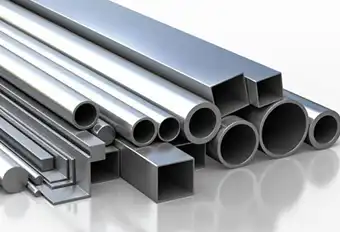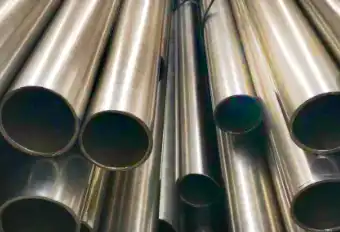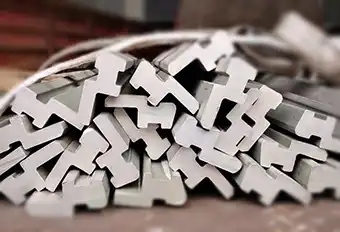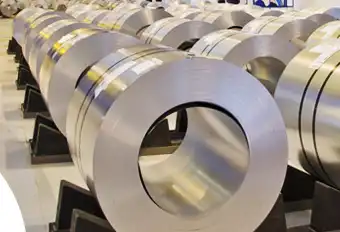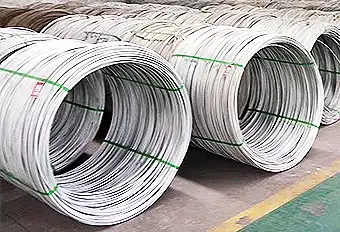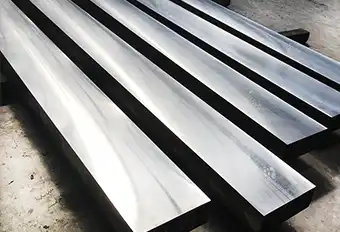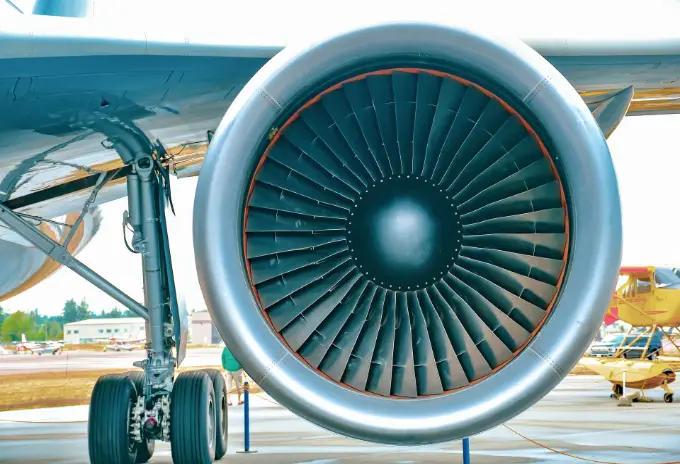A, black metal, steel and non-ferrous metals
In this paper the classification of steel before make a brief introduction of black metal, steel and the basic concept of non-ferrous metal.
1, black metal is to point to iron and iron alloy. Such as steel, cast iron, the ferroalloy, cast iron, etc. Steel and cast iron is iron as the foundation, the carbon as the main add elements of the alloy, collectively referred to as iron carbon alloy.
Pig iron is to point to the iron ore in blast furnace smelting and become products, mainly used to steelmaking and manufacturing castings.
The casting pig iron melt in the iron furnace in melting, namely get cast iron (liquid), the liquid iron cast into casting, this kind of cast iron called iron castings.
Ferroalloy are made from iron and silicon, manganese, chromium, titanium alloy of elements, is the raw material of steelmaking ferroalloy, when in steelmaking do as deoxidizer and steel alloy elements with additives.
2, the steelmaking with pig iron in LianGangLu within a certain process is melting, namely get steel. Steel products, steel ingot casting billet and molten steel castings of directly. Usually, speak the steel, usually refers to all kinds of steel rolling into the steel. Steel belong to black metal but not completely equal to black steel metal.
3, non-ferrous metal and says the iron metal, in addition to black outside the metal to metal and alloy, such as copper, tin, and lead, zinc, aluminum and copper, bronze, aluminum alloy and bearing alloy etc. In addition in industry also use chrome, nickel, manganese, molybdenum, cobalt, vanadium, tungsten, titanium, the metal alloy is mainly used as an adjunct to, in order to improve the performance of the metal, of tungsten, titanium, molybdenum etc to production tools of more than with hard alloy. These are called the non-ferrous metal industry with metal, in addition to precious metals: platinum, gold and silver and rare metals, including radioactive uranium and radium, etc.
Second, the classification of steel
The carbon content of steel is between 0.04% and 2.3% in ferro-carbon alloy. In order to ensure the toughness and the plastic, carbon content is often less than 1.7%. The main elements in addition to steel iron, carbon outside, still have a silicon, manganese, sulphur, phosphorus, etc. Many different methods of the steel, the main method has the following seven:
1, according to quality classification
(1) ordinary steel (P, S 0.045% or 0.050% or)
(2) the high quality steel (P, S are 0.035% or)
(3) the higher quality steel (P, S 0.035% or 0.030% or)
2. According to the chemical composition, classification
(1) carbon steel: a. low carbon steel (0.25% or C); B. medium-carbon steel (C than 0.25 ~ 0.60%); C. high carbon steel (c than 0.60%).
(2) alloy steel: a. low alloy steel (alloy element total content 5% or); B. of alloy steel (alloy element total content > 5 ~ 10%); C. high alloy steel (alloy element total content > 10%).
3, according to forming method classification: (1) the forging steel; (2) cast steel; (3) hot-rolled steel; (4) cold pull steel.
4, according to analysis of metallographic organization classification
(1) annealing state: a. YaGongXiGang (ferritic + pearlite); B. GongXi steel (pearlite); C. GuoGongXiGang (pearlite + cementite); D. ledebrite steel (pearlite + cementite).
(2) is the state of the fire: a. pearlite steel; B. bainite steel; C. martensite steel; D. austenitic steel.
(3) no phase change or part of the phase change
5, according to use classification
(1) architecture and engineering with steel: a. ordinary carbon structural steel; B. low alloy steels; C. reinforced steel.
(2) structural steel
A. machinery manufacturing steel: (a) conditioning structural steel; (b) the surface hardening structural steel: including carburizing steels, carburizing steel, hardening ammonia with steel; (c) easy to cut structural steel; (d) cold plastic forming steel: including cold stamping steel, cold heading steel.
B...
C. bearing steel
(3) tool steel: a. carbon steel; B. alloy steel; C. high-speed tool steel.
(4) special performance steel: a. stainless steel acid; B. heat resistant steel: including antioxidant steel, hot strong steel, air valve steel; C. electric heat alloy steel; D. wear-resistant steel; E. Low temperature with steel; F. Electrical steel.
(5) professional steel, such as steel, ships with bridge steel, steel boiler, pressure vessel with steel, farm machinery with steel and so on.
6, comprehensive classification
(1) ordinary steel
A. carbon structural steel: (a) Q195; (b) Q215 (A, b);(c) Q235 (A, B and c);(d) Q255 (A, B);(e) Q275.
B. low alloy steels
C. The specific use of common structural steel
(2) the high quality steel (including senior high quality steel)
A. structural steel: (a) high quality carbon structural steel; (b) alloy steels; (c) spring steel; (d) easy cutting steel; (e) bearing steel; (f) specific use high quality steel.
B. tool steel: (a) carbon steel; (b) alloy steel; (c) high-speed tool steel.
C. Special performance steel: (a) stainless steel acid; (b) heat resistant steel; (c) electric heat alloy steel; (d) for electrical steel; (e) high manganese steel wear-resisting.
Seven, according to the classification smelting
(1) according to the boiler points
A. steel mill steel: (a) acid of steel mill steel; (b) of steel mill alkaline steel.
B. the converter steel: (a) acid converter steel; (b) the alkaline converter steel. Or (a) bottom blowing converter steel; (b) side-blown converter steel; (c) bof steel.
C. eaf steel: (a) arc furnace steel; (b) DianZhaLu steel; (c) induction furnace steel; (d) the vacuum furnace steel consumption; (e) the electron beam furnace steel.
(2) according to the degree of deoxidizing and pouring system points
A. country; B. half calm steel; C. calm steel; D. special calm steel.


